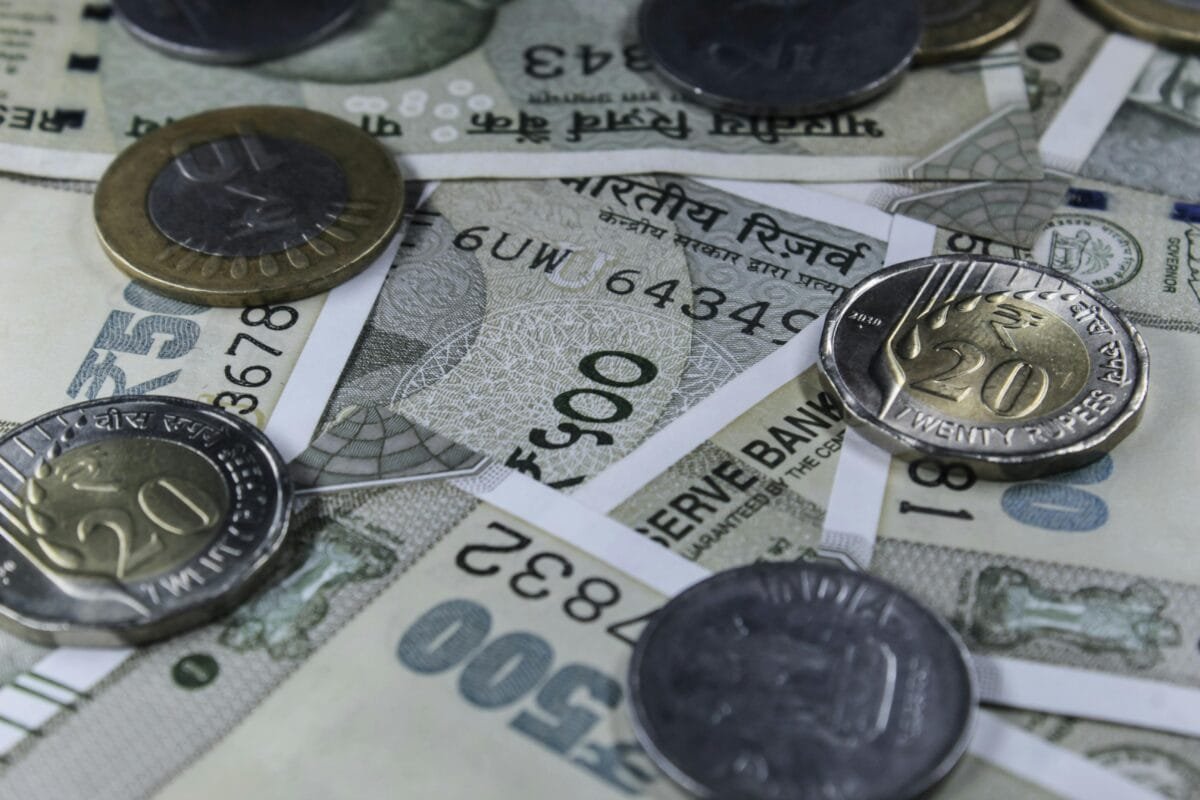
The Reserve Bank of India (RBI) is not a commercial bank, yet it generates significant income that contributes to the Indian government’s finances. The recent announcement that RBI will transfer ₹2.68 lakh crore as surplus to the central government for FY 2024–25 has once again sparked interest in how the central bank generates money and why these transfers matter.
This article breaks down the sources of RBI’s income, the mechanism of surplus transfer, and what the record-high dividend means for the Indian economy.
What Does RBI Do?
The RBI is the central bank of India, responsible for:
- Issuing currency
- Regulating monetary policy
- Managing the country’s foreign exchange reserves
- Acting as a banker to the government
- Supervising banks and NBFCs
Though not profit-driven, RBI’s financial operations result in a surplus, much of which is transferred to the Government of India after meeting statutory and risk provisioning requirements.
How Does the RBI Generate Money?
The RBI earns income from the following major sources:
1. Interest from Government Securities
RBI holds a large portfolio of Indian Government Bonds (G-Secs) and Treasury Bills. It earns regular interest on these holdings.
- Example: As part of open market operations (OMOs), the RBI buys G-Secs from the market to inject liquidity and earns interest on these.
2. Interest on Foreign Currency Assets
The RBI maintains India’s foreign exchange reserves, which are invested in foreign securities (like US Treasuries), gold, and deposits with global central banks.
- Contribution: These investments yield interest income and currency gains.
3. Foreign Exchange Operations
RBI actively buys and sells foreign currencies (especially the US dollar) to manage rupee volatility.
- Income Source: Gains from exchange rate fluctuations contribute to surplus income.
4. Seigniorage (Profit from Currency Issuance)
Seigniorage is the profit earned by issuing currency — the difference between the cost of printing and the face value of the currency.
- Example: If a ₹500 note costs ₹3 to produce, the RBI earns ₹497 as seigniorage.
5. Lending to Banks
RBI lends short-term funds to commercial banks through the Liquidity Adjustment Facility (LAF) and Marginal Standing Facility (MSF) at repo-linked interest rates.
- These interest payments add to RBI’s income.
6. Fees and Commission
The RBI charges fees for services such as:
- Managing government accounts
- Operating settlement systems (NEFT, RTGS)
- Managing public debt
- Supervising financial institutions
7. Investment Income
RBI also earns from other investments in domestic financial instruments, high-quality bonds, IMF-related assets, etc.
How RBI’s Surplus is Calculated
RBI’s annual financial performance includes:
- Gross Income: Total revenue from all the above sources.
- Operating Expenditure: Staff costs, printing currency, administration.
- Provisions: Transfer to Contingency Fund (CF), Asset Development Fund (ADF), etc.
Surplus = Gross Income – Expenditure – Risk Provisions
Economic Capital Framework (ECF)
To determine the exact surplus amount for transfer, RBI follows the Economic Capital Framework (ECF) introduced in 2019 (based on Bimal Jalan Committee recommendations).
Key elements:
- Contingent Risk Buffer (CRB): Maintained at 6.5–7.5% of RBI’s balance sheet.
- Surplus is calculated after provisioning to maintain this buffer.
- Transfer is done under Section 47 of the RBI Act, 1934.
RBI Transfers ₹2.68 Lakh Crore to Govt: May 2025 Update
In May 2025, the RBI announced a record dividend of ₹2.68 lakh crore for FY2024–25, marking a 27.4% increase over the previous year’s ₹2.11 lakh crore.
Key Points:
- Boosts Government Finances: Far exceeds the Budget estimate of ₹1.02 lakh crore.
- Total in 11 Years: RBI has now transferred over ₹11.4 lakh crore to the Centre between FY2014–2025.
- Reason for Surge:
- Higher interest income from foreign and domestic assets
- Gains from forex market interventions
- Efficient risk provisioning under the revised ECF
- Impact:
- Eases fiscal deficit pressure
- Reduces borrowing needs
- Improves liquidity in the economy
Summary: How RBI Generates Money and Transfers Surplus
| Source of Income | Description |
|---|---|
| Government Securities | Interest income from G-Secs and T-Bills |
| Foreign Assets | Returns from foreign bonds, deposits, and gold |
| Forex Market | Profits from currency trading and rate arbitrage |
| Currency Issuance | Seigniorage from printing notes |
| Repo Lending | Interest from loans to banks |
| Fee-based Services | RTGS/NEFT charges, debt management, etc. |
| Investments | Returns from high-grade bonds and other financial instruments |
Final Thoughts
The RBI’s ability to generate surplus revenue is a testament to its prudent financial management and strategic market operations. While it is not a profit-seeking body, its annual dividend plays a crucial role in strengthening India’s fiscal landscape.
The record ₹2.68 lakh crore transfer in FY25 not only reflects the central bank’s financial strength but also provides the government with valuable resources for public spending, capital investments, and deficit management.
As India’s financial ecosystem continues to evolve, understanding how the RBI generates money offers deeper insights into the delicate balance between monetary and fiscal policy.
